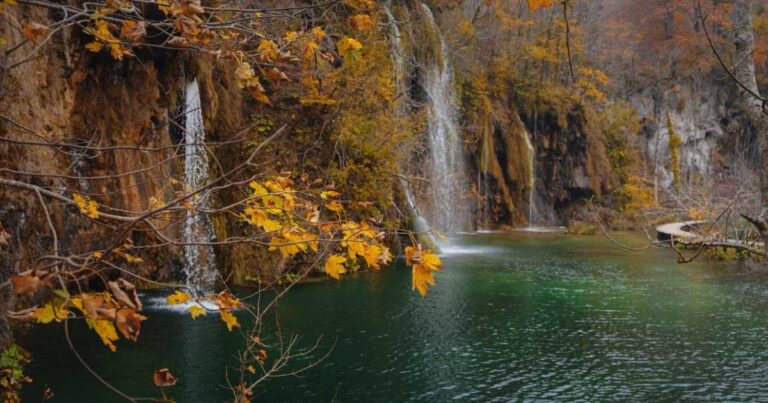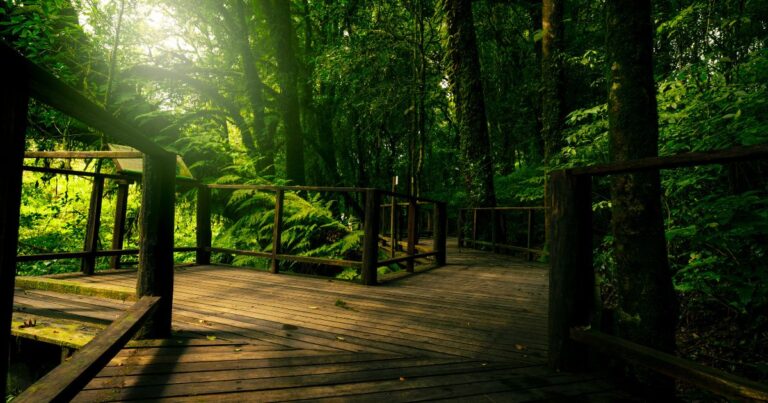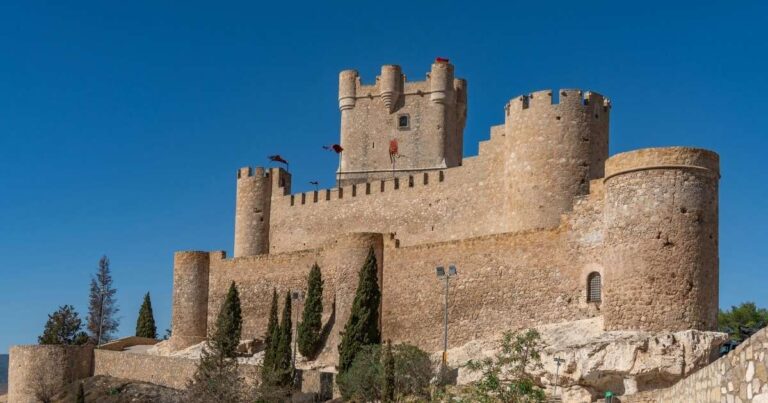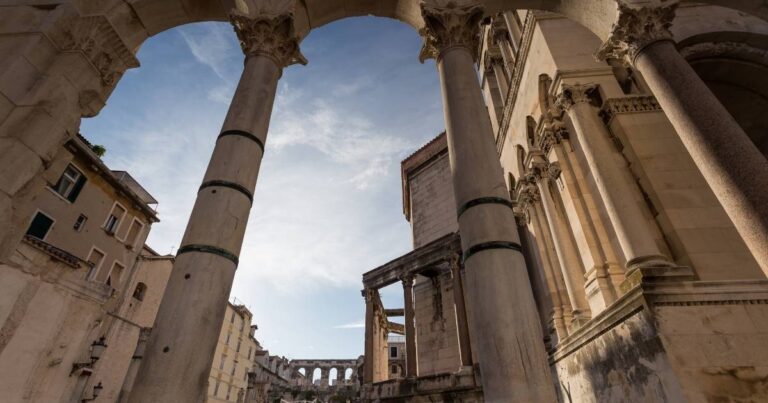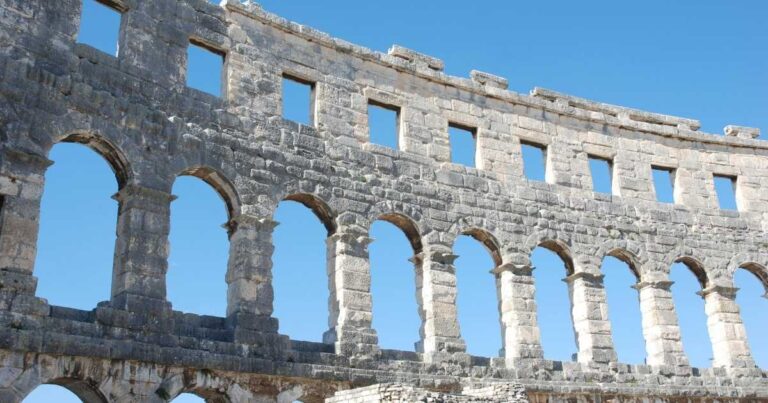Welcome to an unforgettable Croatia travel experience, where the stunning landscapes are matched only by the incredible diversity of its wildlife. This Croatia wildlife guide offers an in-depth look into the natural wonders of this beautiful country. Whether you’re a seasoned nature enthusiast or a curious traveller, prepare to be amazed by the rich biodiversity waiting to be discovered.
Introduction to Croatia’s Wildlife
The Diversity of Wildlife in Croatia
Croatia is a land of diverse ecosystems, each teeming with unique species. From the dense forests to the Adriatic coast, the wildlife in Croatia is a testament to the country’s commitment to preserving its natural heritage. The Croatia wildlife guide will showcase just how many animals in Croatia there truly are.
Importance of Conservation in Croatian National Parks
Croatian National Parks play a crucial role in protecting Croatia’s wildlife and maintaining the ecological balance. These protected areas offer a natural habitat for numerous species, including vulnerable and endangered animals. Conservation efforts ensure that future generations can also appreciate the majestic creatures that call Croatia home.
Overview of Croatia’s Unique Ecosystems
Croatia boasts a variety of ecosystems, each supporting a unique array of wildlife. From the wetland areas to the rugged Dinaric Alps, these diverse environments create a haven for a wide range of species. Understanding these ecosystems is key to appreciating the richness of Croatia’s natural heritage.
National Parks and Their Unique Flora and Fauna
Plitvice Lakes National Park: A Biodiversity Hotspot
Plitvice Lakes National Park, a UNESCO World Heritage site, is a prime example of Croatia’s commitment to preserving its natural beauty. The park’s unique geology and diverse plant life create a haven for a variety of species in Croatia, making it a must-visit destination for wildlife watching enthusiasts.
Krka National Park: Waterfalls and Wildlife
Krka National Park is famous for its stunning waterfalls and diverse wildlife. This park offers a unique blend of natural beauty and ecological significance. Visitors can witness a range of animals in Croatia thriving in this protected area, from birds to amphibians.
Brijuni National Park: An Island Paradise
Brijuni National Park, an archipelago off the Istrian coast, is a true island paradise. With its rich history and diverse ecosystem, the park offers a unique glimpse into Croatia’s wildlife. The islands are home to a variety of species, including fallow deer and mouflon, that roam freely across the landscape.
Iconic Animals in Croatia
The Majestic Eurasian Brown Bear
The Eurasian brown bear is one of the most iconic mammals in Croatia. These magnificent creatures roam the forests, particularly in the Gorski Kotar region. Conservation efforts are crucial to ensuring the continued survival of the brown bear population in their natural habitat within Croatia.
Exploring the Life of the Lynx in Croatia
The Eurasian lynx, a rare and elusive predator, finds refuge in the dense forests of Croatia. Conservation programs are in place to protect these animals in Croatia. The lynx plays a vital role in maintaining the ecological balance of its forest environment, roaming from Croatia to Slovenia.
Dolphins of the Adriatic Sea: A Marine Marvel
The Adriatic Sea is home to several species of dolphins. These enchanting marine mammals captivate visitors with their intelligence and grace. The dolphins of the Adriatic Sea can often be spotted along the Dalmatian coast, offering unforgettable experiences for those who venture out on boat tours.
Birdwatching Opportunities in Croatia
Spotting the Griffon Vulture in Croatia
The griffon vulture is a highlight for birdwatchers in Croatia. These griffon vultures can be spotted soaring high above the cliffs and canyons, especially on the island of Cres and within specific Croatian national parks. With a keen eye, you can witness this impressive species in Croatia in its natural habitat.
Bird Species Unique to Croatian National Parks
Croatian national parks are teeming with unique bird species, offering unforgettable experiences for birdwatching enthusiasts. From the elusive golden eagle to various wetland birds, the parks provide a natural habitat for a diverse avian population. These protected areas are vital for maintaining Croatia’s rich biodiversity, making it a must-visit for nature lovers.
Best Locations for Wildlife Watching
Plitvice Lakes National Park, Krka National Park, and Risnjak National Park offer incredible opportunities to observe animals. The dense forests and Adriatic coast also provide unique wildlife encounters.
Understanding Dangerous Animals in Croatia
Identifying Dangerous Animals: What to Watch Out For
Knowing how to identify potentially dangerous wild animals in Croatia is crucial for a safe trip, ensuring respect for their natural habitat. Some of these animals are:
| Animal Type | Species |
|---|---|
| Bear | Brown Bear |
| Canid | Wolf |
| Suid | Wild Boar |
Safety Tips for Encountering Wild Animals
Keep a safe distance from wildlife, avoid feeding them, and never approach young animals. Staying informed about local wildlife behaviour ensures a safe and respectful encounter, safeguarding both you and the animals in Croatia.
Myths vs. Facts About Dangerous Wildlife
Brown bears and wolves generally avoid human contact, and incidents are rare. Separating myths from reality allows for a more informed and cautious approach to wildlife encounters in Croatia, ensuring respect for their space.
Unique Underwater Life in the Adriatic Sea
Exploring Sea Urchins and Other Marine Species
The Adriatic Sea is a treasure trove of marine life. Snorkelling or diving along the Dalmatian coast reveals a vibrant underwater world, showcasing the beauty of Croatia’s marine biodiversity. These marine creatures play a vital role in maintaining the health of the Adriatic ecosystem.
Conservation of Marine Wildlife in Croatia
Croatia is committed to the conservation of marine wildlife in the Adriatic Sea. Efforts include protecting vulnerable species and preserving marine habitats. Responsible tourism and fishing practices are essential for ensuring the long-term health of Croatia’s Adriatic marine ecosystem.
Best Practices for Responsible Diving and Snorkelling
Avoid touching or disturbing marine life and refrain from collecting souvenirs. Supporting eco-friendly tour operators contributes to the sustainability of Croatia’s underwater environment, ensuring future generations can enjoy its beauty.
Practical Tips for Wildlife Watching in Croatia
Best Times and Locations for Wildlife Watching
The best times for wildlife observation are often during the shoulder seasons, specifically spring (April-May) and autumn (September-October). However, ideal timing can vary depending on the species and location, as summarised in the table below.
| Species/Location | Ideal Time |
|---|---|
| Griffon Vulture (Cres) | Summer Months |
| Eurasian Lynx & Brown Bear (Gorski Kotar) | Cooler Months |
Equipment and Preparation for Wildlife Enthusiasts
Binoculars are indispensable for observing wildlife from a distance. A reliable wildlife guide can help you navigate dense forests and national parks safely. Besides the guide, maps and compasses are important for navigation. Also, consider bringing appropriate clothing and sturdy hiking boots.
| Category | Items |
|---|---|
| Navigation | Reliable wildlife guide, maps, and compasses |
| Personal Gear | Appropriate clothing, sturdy hiking boots |
Guided Tours vs. Solo Exploration
Guided tours offer invaluable insights into the behaviour and habitats of various species. Solo exploration provides flexibility and allows for a more personal connection with nature, but requires thorough research and navigational skills.
Recap of Croatia’s Wildlife Attractions
Croatia is a true gem for nature enthusiasts, offering a diverse array of wildlife experiences. From the majestic brown bear in Gorski Kotar to the playful dolphins in the Adriatic Sea and the griffon vulture soaring above the island of Cres, the country’s natural wonders are sure to captivate.
Encouragement for Responsible Wildlife Tourism
Remember the importance of responsible tourism. Respecting the natural habitat, minimising disturbance to animals, and supporting local conservation efforts are essential for ensuring the long-term sustainability of Croatia’s wildlife.
Future of Wildlife Conservation in Croatia
The future of wildlife conservation in Croatia depends on continued dedication to protecting its natural habitats and promoting sustainable practices. Collaboration between the government, conservation organisations, and local communities is vital for safeguarding Croatia’s natural heritage.
FAQs about Wildlife in Croatia
What are the most common wildlife species in Croatia?
Croatia is home to a wide range of wildlife species, including mammals like the brown bear, wolf, and Eurasian lynx, dolphins, and the griffon vulture.
Are there any dangerous animals I should be aware of in Croatia?
Potentially dangerous animals include the brown bear, wolf, and wild boar.
When is the best time to visit Croatian national parks?
The best time to visit Croatian national parks is during the shoulder seasons: spring (April-May) and autumn (September-October).
How can I safely observe wildlife in Croatia?
Maintain a respectful distance and avoid approaching or feeding animals.
What conservation efforts are in place for endangered animals in Croatia?
Croatia has implemented several conservation efforts to protect endangered animals, including habitat preservation, anti-poaching patrols, and reintroduction programs.



